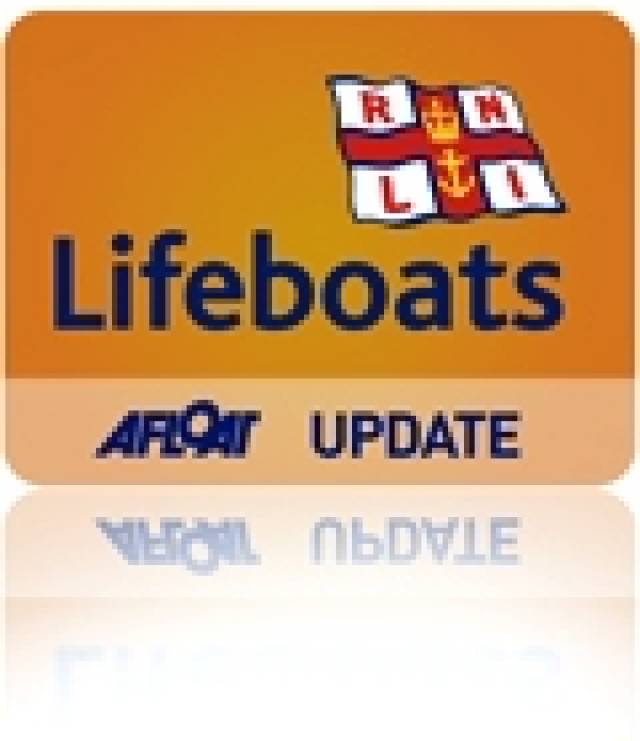#RNLI - A volunteer crew member from Courtmacsherry RNLI found himself involved in a lifeboat call out miles from home this week when he went to the assistance of yacht involved in a collision off Cumbria yesterday (29 August).
Barrow RNLI launched their all-weather lifeboat when Liverpool Coastguard requested assistance following a report of a collision between a 28ft yacht, Shola, and a large vessel some 13 miles off Walney Island in Morecambe Bay.
Also making his way to the scene was Kevin Young, skipper of the Windcat 6 with two crew, who was 3.5 miles from the incident when the call for assistance was received.
It was unknown if there was any damage caused to either vessel, but the yacht skipper - a lone sailor - was believed to be suffering from shock.
Once on scene, Young transferred one of his crew aboard the casualty yacht to take command and took off the yachtsman, who was showing signs of shock. They then made their way at speed to Barrow-in-Furness where they met the Barrow lifeboat, which then took over the casualty care.
Liverpool Coastguard had also requested the attendance of a rescue helicopter from RAF Valley, and upon its arrival the casualty was airlifted from the lifeboat onto the aircraft and transferred to Furness General Hospital for assessment.
An RNLI crew member from Barrow was then put aboard the yacht with the crewman from Windcat 6 and the vessel was sailed to Roa Island, where it was assisted to moor up on a casualty mooring by the inshore lifeboat.
"The last thing I thought I would be doing at my day job would be getting involved in a call-out with the RNLI but that’s exactly what happened," said Young, who works with wind farms off the English coast but serves as a member of the volunteer lifeboat crew when home in Courtmacsherry.
"When I spoke to the lifeboat crew they seemed surprised that I was able to brief them exactly on what we had done and how we had everything ready to hand over to them, so I explained to them that I was a deputy coxswain back home on our all-weather Trent class lifeboat and they understood.
"This callout shows that you never forget your training and the desire to help those in trouble on the sea," he added. "The skipper of the yacht was clearly in shock and needed assistance and thankfully with all the agencies working together we were able to get him medical attention and transferred to hospital quickly and safely.
"It’s good to know that RNLI lifeboat volunteers are the same wherever you go."
































































